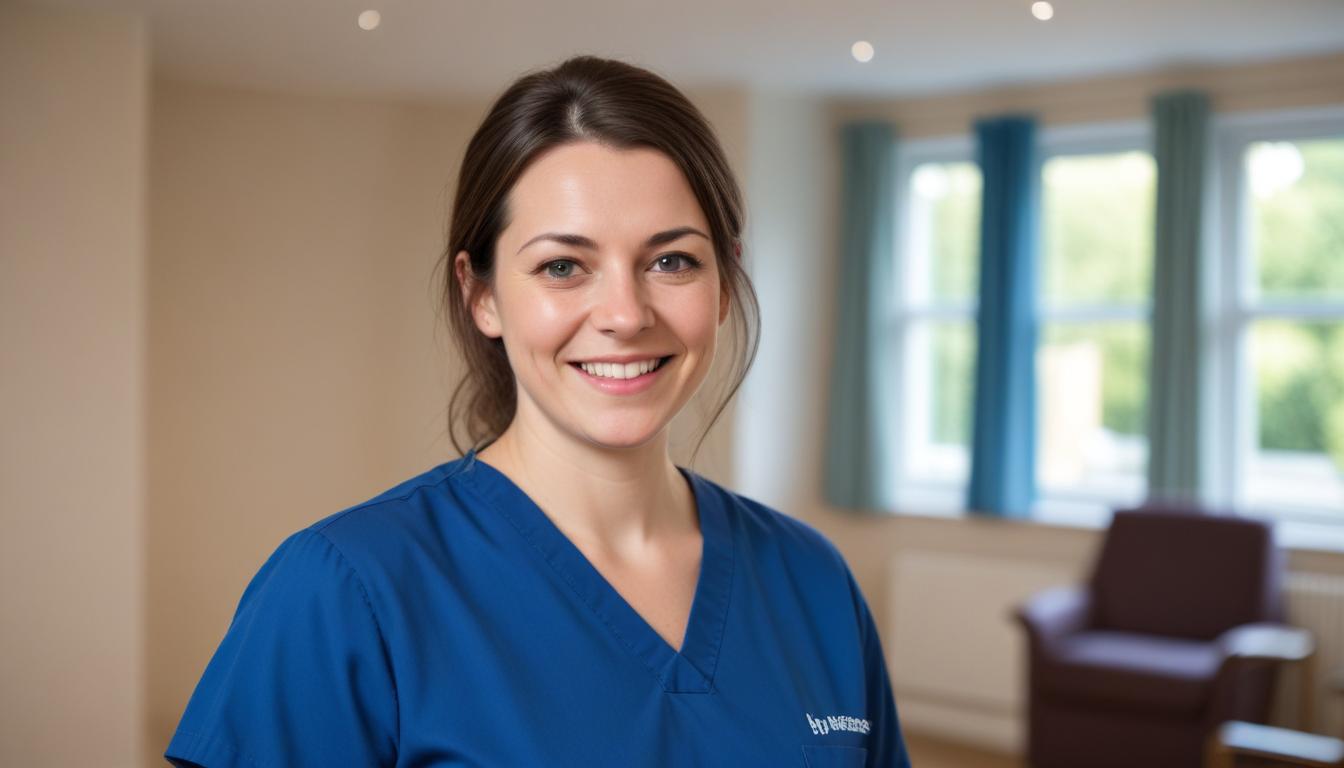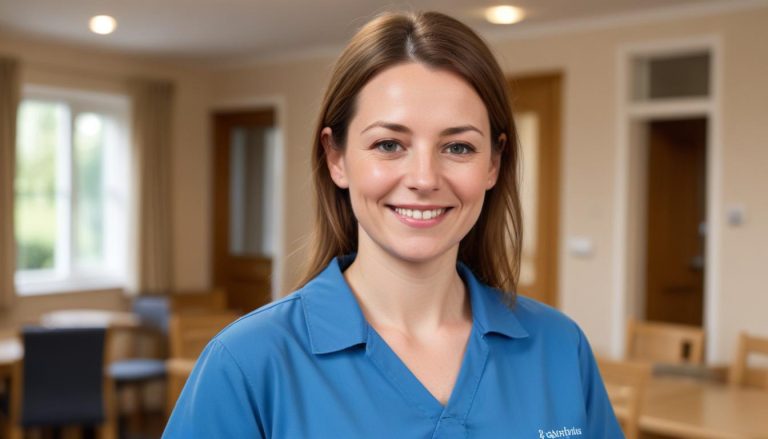This guide will help you answer 2.1 Describe the anatomy and physiology of the skin, nose, mouth, eyes and ears in relation to cleansing.
The Skin
The skin is the body’s largest organ. It covers and protects all the internal organs. The skin has three main layers:
- Epidermis: This is the thin, outer layer. It acts as a barrier against dirt, bacteria and chemicals. It sheds old cells regularly, helping to remove germs naturally.
- Dermis: The middle layer holds blood vessels, nerves, sweat glands, and hair follicles. It keeps the skin strong and flexible and helps in the healing process.
- Subcutaneous tissue: This is the innermost layer. It stores fat and helps regulate temperature.
When cleansing the skin, it is crucial to remove dirt, sweat, dead skin cells and microbes without damaging the protective barrier of the epidermis. Gentle cleansing maintains the skin’s natural oils. Over-washing or using harsh soaps can strip these oils and weaken the skin’s defences.
Breaks in the skin, like cuts or pressure sores, need special care. Open areas are at greater risk for infection because the protective barrier is lost.
The Nose
The nose acts as the body’s main airway for breathing. Its anatomy includes:
- Two nostrils (nares), which allow air to enter and leave
- Nasal cavity, lined with a mucous membrane and fine hairs (cilia)
- Septum, dividing the nose into two parts
The mucous membrane produces mucus, keeping the nose moist. This mucus traps dust, pollen, and microbes. The cilia move the mucus to the back of the nose and throat, where it is swallowed or expelled.
Cleansing the nose means gently removing excess mucus and crusts to help clear breathing and stop germs from growing. This is important for people who cannot clean their own nose, such as babies, older adults, or those with disabilities.
Too much or harsh cleaning can damage the fragile membrane, causing bleeding or infection.
The Mouth
The mouth includes the lips, teeth, gums, tongue, and inside lining (mucosa). The main roles of the mouth are eating, speaking, and defending against infection.
Saliva produced by glands helps keep the mouth moist and begins digestion. Saliva also contains chemicals that help control bacteria.
Teeth and gums can trap food, creating a breeding ground for bacteria. If plaque is not removed by regular brushing, it can cause decay, gum disease, and sometimes infection spreading deeper into the body.
Cleansing the mouth reduces bacteria, keeps breath fresh, and prevents tooth decay. Cleaning should be gentle to avoid damaging soft tissues. For people unable to clean their own mouth, staff may need to use swabs, mouthwash or soft toothbrushes.
Dry or cracked lips and mucosa can lead to pain and infection—applying suitable moisturisers can help.
The Eyes
The eyes are delicate and need to be protected from dirt and infection. Their structure includes:
- Eyelids: These blink to keep the eye moist and remove debris
- Eyelashes: Catch dust and prevent it entering
- Tear glands: Produce tears to wash away small particles and keep the surface moist
The white part of the eye is called the sclera. The cornea at the front lets in light. Both need to remain moist and clean to work well.
When cleansing, the aim is to remove discharge, crusts or dirt gently—always wiping from the inside corner outwards to avoid spreading germs.
The skin around the eyes is thin and should not be scrubbed. Using a clean cloth or sterile gauze helps prevent damage and infection.
Staff must never use harsh substances on the eyes. Special care is needed for people who are unable to blink, as their eyes can dry out or get infected easily.
The Ears
The ears are responsible for hearing and balance. Their structure includes:
- The outer ear (pinna and ear canal): Collects sound
- The ear canal: Lined with skin, hair and glands that produce earwax (cerumen)
- The eardrum: Separates the outer ear from the middle ear
Earwax protects the ear canal by trapping dust and germs. It normally moves out naturally, carrying debris with it.
Gentle cleansing of the outer ear removes wax, dirt and dead skin. Cleaning inside the ear canal should be avoided, as this can push wax deeper or damage the fragile skin and eardrum.
If ears produce too much wax or become blocked, a healthcare worker may arrange for softening drops or specialist cleaning. Staff should support people in cleaning their own ears without inserting objects.
Connection Between Anatomy, Physiology and Cleansing
Each body part (skin, nose, mouth, eyes, ears) has special structures and natural processes to defend against infection and remove waste. Good cleansing routines work with these natural defences:
- Remove visible dirt and microbes
- Prevent infections and unpleasant odours
- Keep skin and mucous membranes healthy and intact
Gentle and regular cleaning respects the body’s sensitive areas and helps protect people’s health. Over or under-cleaning can both cause harm—so staff must match their actions to each person’s needs, the condition of the body part, and recommended safe practices.
Subscribe to Newsletter
Get the latest news and updates from Care Learning and be first to know about our free courses when they launch.




